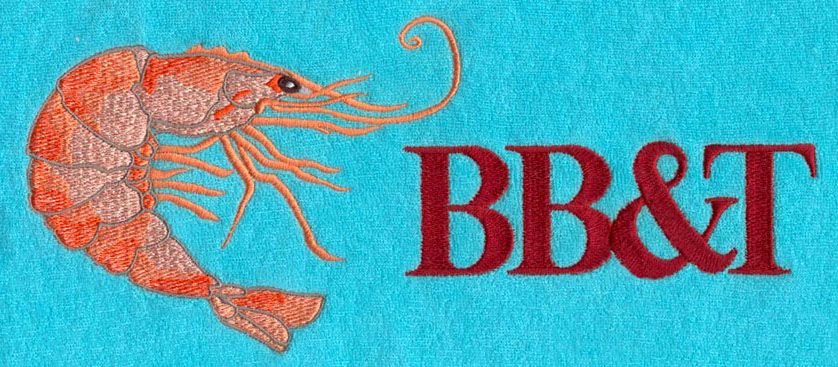Maximizing Creative Potential: The Power of Vector Designs Across Industries
In the ever-evolving landscape of digital art and design, vector designs stand out as a versatile and essential tool. These graphics, created with mathematical equations rather than pixels, offer numerous advantages that cater to a wide array of industries. In this blog post, we'll explore the world of vector art and delve into the advantages of using it across various sectors, as well as the list of some industries that reap the maximum benefits from vector designs.
Advantages of Vector Art
Before we explore the industries, let's understand why vector art is such a game-changer:
Scalability
One of the most significant advantages of vector art is its scalability. Because it's created using mathematical equations, it can be resized infinitely without losing quality. This means it's perfect for anything from tiny icons to massive billboards.
Resolution Independence
Unlike raster images (like photographs), vector graphics don't rely on resolution. They maintain their sharpness at any size, making them ideal for high-quality printing.
Editability
Vector designs are highly editable. You can easily modify the colors, shapes, and details without affecting the overall quality.
Small File Sizes
Vector files tend to be compact compared to their raster counterparts, which makes them excellent for web graphics and ensuring quick loading times.
Versatility
Vector art can be adapted to various formats, from logos and illustrations to typography and infographics. It's a versatile choice for many design needs.
Precision
Vectors are all about precision. They're created using geometric shapes, allowing designers to craft clean, well-defined lines and curves.
Adaptability to Any Style
Whether you prefer minimalist designs or intricate, detailed artwork, vector graphics can adapt to any style or aesthetic.
Easily Animatable
Vector art is a preferred choice for animation, as it simplifies the process of creating motion graphics and animated characters.
Infinite Color Options
With vector designs, you're not limited to a specific color palette. You can use as many colors as you like, making it ideal for vibrant, eye-catching artwork.
Consistency
Vector art ensures consistency across various applications and platforms, which is crucial for branding and design continuity.
Industries Benefiting from Vector Art
Now that we've highlighted the advantages, let's explore various industries that harness the power of vector art for maximum benefits:
1. Graphic Design and Advertising
In the world of graphic design, vector art is a cornerstone. It's the go-to choice for designing logos, brochures, posters, and other marketing materials. The advantages of vector art, such as scalability and crispness, are especially crucial in branding, where consistency is key. Vector art simplifies the collaboration process. Design teams can easily share and edit vector files, which streamlines the design workflow and allows for efficient revisions. Advertisers benefit from vector art's adaptability, as advertisements need to appear clear and sharp in various sizes and formats.
2. Printing and Publishing
In the printing and publishing industry, vector art is a staple for producing high-quality materials. From books and magazines to brochures and packaging, vector graphics ensure sharpness and clarity in print.
3. Web Design and User Interface
(UI) Design
Web designers and UI/UX designers rely heavily on vector art to create responsive and visually appealing interfaces. Vector graphics are perfect for designing icons, buttons, and graphics for websites and mobile apps. The ability to scale vector images without losing quality ensures that these assets look sharp on screens of all sizes. This is essential for creating a consistent and user-friendly experience across different devices.
4. Architecture and Engineering
In the fields of engineering and architecture, vector art is not only a tool for visual communication but also a vital component of the design process. Architects and engineers utilize vector designs for technical drawings, blueprints, and schematics. The precision of vectors is invaluable for creating detailed plans.
5. Fashion and Textiles
Vector art has a growing presence in the fashion industry, particularly in textile and apparel design. Designers use vector graphics to create intricate patterns, prints, and graphics for clothing, accessories, and even home textiles. And they can visualize and share designs with precision, ensuring that the final product is as intended. This contributes to faster and more accurate prototyping and production. The scalability of vector art is indispensable here, as patterns need to fit various garment sizes.
6. Signage and Wayfinding
Signage companies rely on vector designs to
produce clear and legible signs. The ability to scale vector art is essential
for creating signs of varying sizes, from tiny labels to large billboards.
7. Film and Animation
In the film and animation industry, vector art is used for character design, motion graphics, and special effects. Vector graphics can be manipulated and animated efficiently, making it a favorite choice for 2D animation.
8. Manufacturing and Engineering
For manufacturing and engineering, vector designs are indispensable in creating CAD (Computer-Aided Design) drawings. These drawings are essential for product design, prototyping, and manufacturing processes.
9. Real Estate and Interior
Design
Real estate agencies and interior designers use vector art for floor plans, property layouts, and interior design schematics. The precision of vectors ensures accurate representations.
10. Gaming and App Development
The gaming industry employs vector art for in-game graphics, user interface elements, and app icons. Vector graphics are lightweight and efficient for mobile gaming and app development.
Conclusion
Vector art has become a cornerstone of creativity and communication in a multitude of industries. Its advantages, including scalability, editability, and precision make it a top choice for designers and professionals who need to create high-quality, versatile, and impactful visuals.
Whether it's creating a logo for a global
brand, designing textiles for the fashion industry, drafting technical plans
for engineering projects, or developing responsive user interfaces, vector art
maximizes creative potential and productivity. Its ability to convey complex
ideas and concepts with precision and visual appeal continues to shape the
modern world of design and communication. As technology continues to advance,
we can expect the influence of vector
art to grow even further, shaping the visual landscape across industries.


